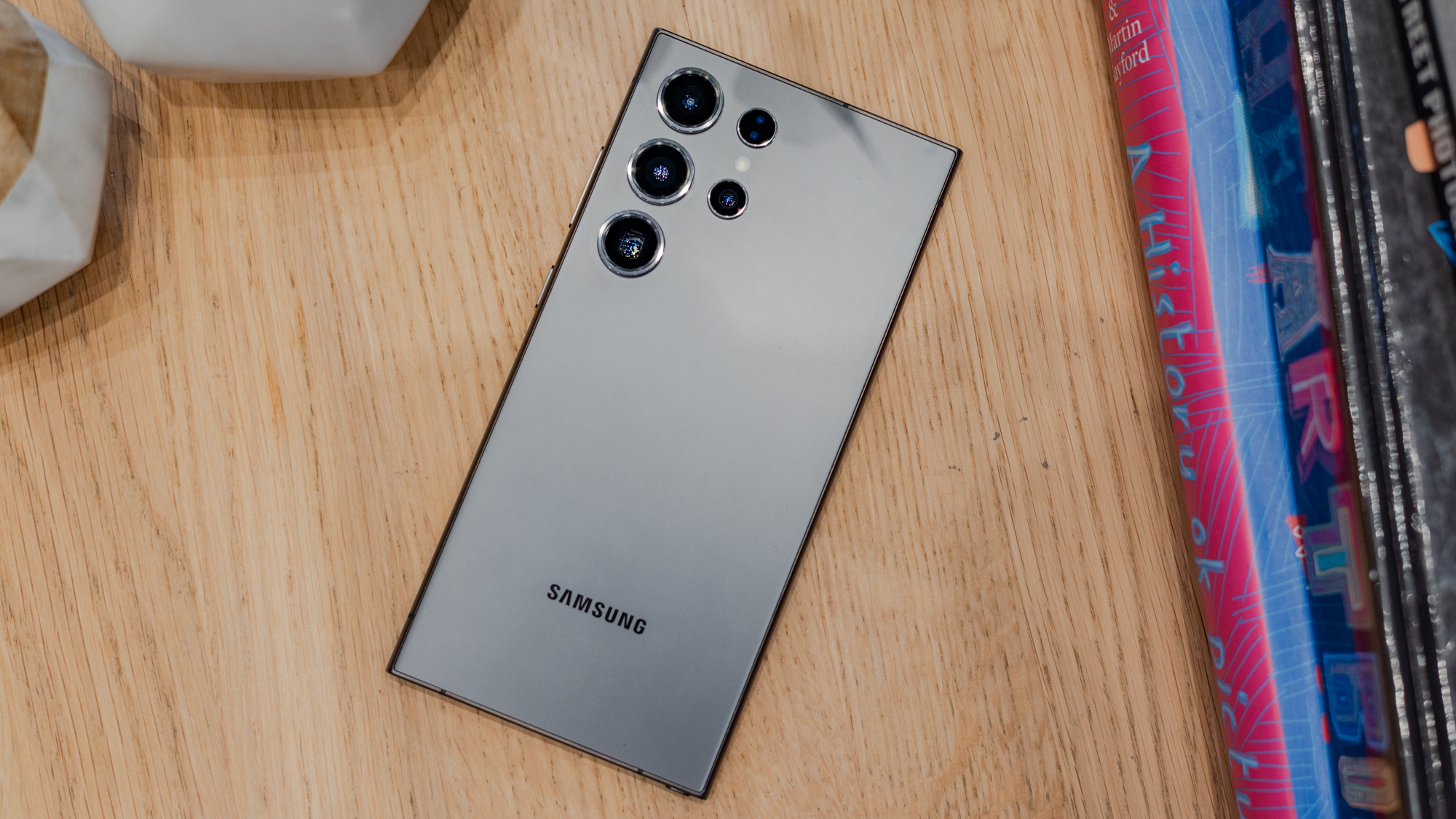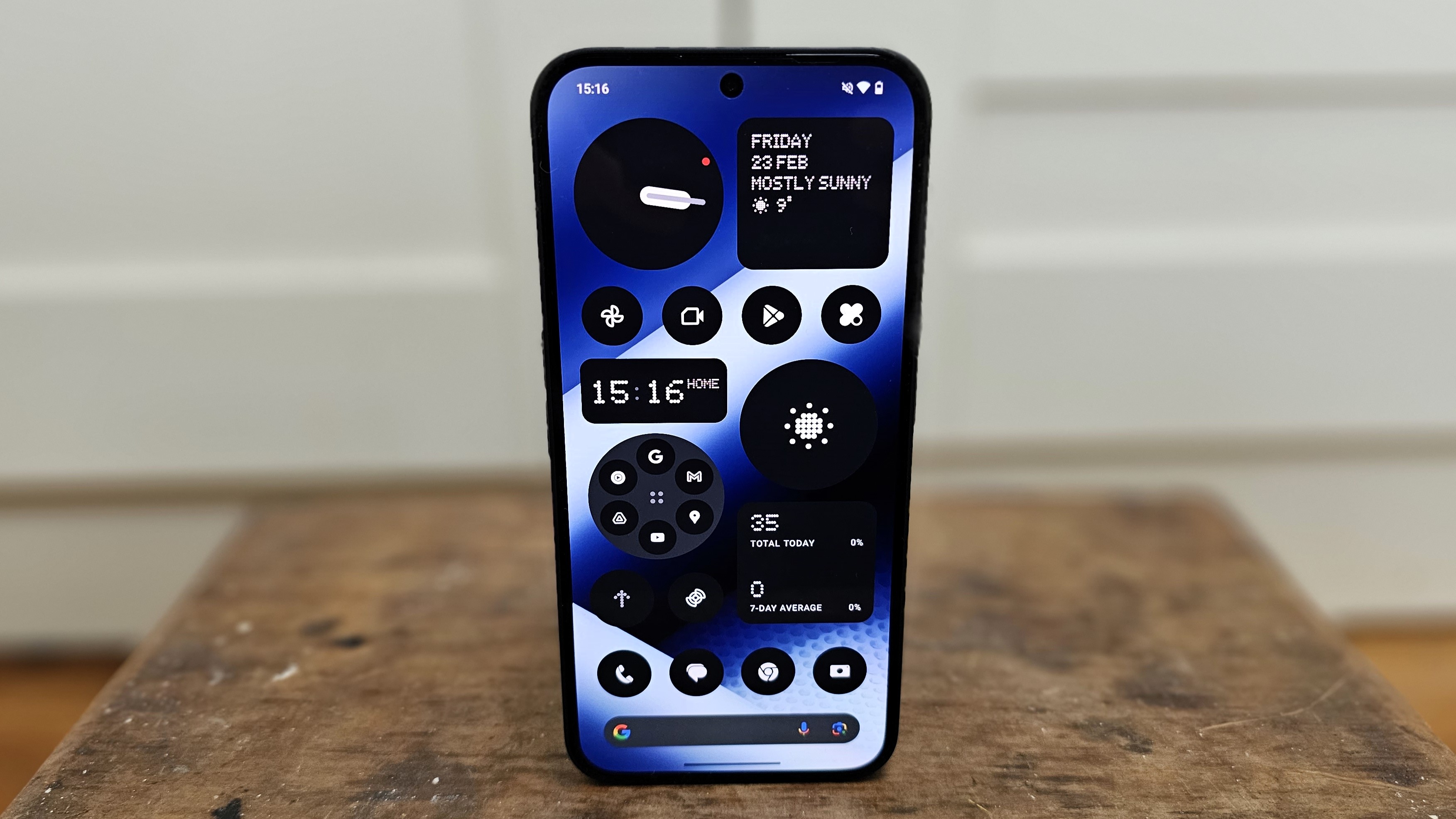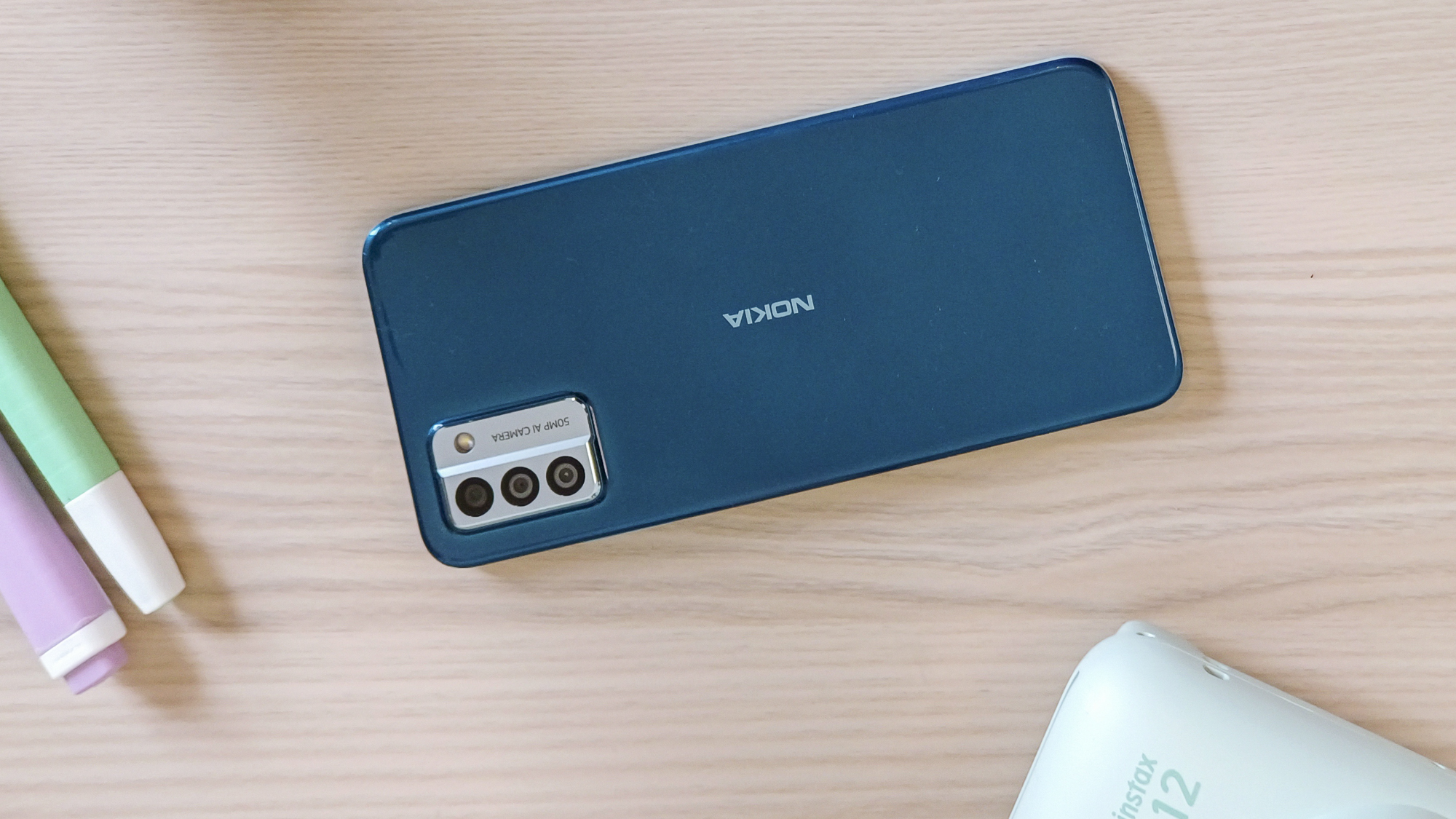It’s no secret that the consumer electronics market has had a significant impact on our environment. From the mining of materials, to manufacturing, packaging and shipping, along with devices (and accessories) being discarded due to damage that’s too difficult or costly to repair, or obsolescence brought on by a lack of software support.
Phones are an undeniably significant contributor in this area and only with the support of manufacturers can changes be made to reduce the negative impact they’re having on our planet.
Thankfully, in recent years environmentally conscious manufacturing practices have played a much bigger role in smartphone design and distribution. Phone makers are being held to higher green standards and taking it upon themselves to change the way they produce their wares, in an effort to offer customers a better overall product that happens to be better for the environment too.
Whether through user-replaceable parts, more conscientious manufacturing, extensive use of recycled materials or an extended software update roadmap, the phones shortlisted here make for some of the most environmentally thoughtful options currently on the market (while also serving up a quality user experience too).
But before diving in, it’s worth noting that unless you’re in dire need of a new device there are at least two other options to consider first.
Keep using your current phone for longer
They say the best camera is the one you have with you, and that’s true of environmentally conscious phone usage too. Unless your phone’s screen has been rendered indecipherable by wear and tear, you can’t free up any more storage for apps or updates, and your battery dies after only a couple of hours, chances are your phone isn’t truly at the end of its life.
Sure, it might be old and unexciting to you now, lacking features that are commonplace on newer devices, and it might not run as smoothly as it once did, but if you can stomach little shortcomings like these and it remains otherwise functional (while also receiving security updates so that your data and the likes of banking remain secure and continue to function), then doing nothing is arguably the most environmentally savvy move to make under the circumstances.
Better yet, it doesn’t cost you anything.
Buy a refurbished phone
There’s a whole secondary market out there, brimming with well cared for, pre-owned devices that have plenty of life left in them. Companies like Back Market have sprung up in recent years; taking in used phones, checking them over and ensuring they’re in the best shape possible before putting them up for resale.
The same can be said for refurbished phones direct from manufacturers. Big names like Apple, Google and Samsung all offer refurbished devices, that come complete with their own warranties and guarantees.
It’s a great way to upgrade your smartphone, without generating additional e-waste. You can read more about this option in our used vs refurbished tech guide.
Now onto our recommendations…
Best eco-friendly phones 2024
1. Fairphone 5 – Best overall

Pros
- Five-year extended warranty
- At least 8 years of software support
- User-repairable design
Cons
- Chunky proportions
- Hardware not likely to age well
- Performance is lacking out the box
If you’ve ever looked into environmentally conscious smartphones before, you’ll likely have encountered Dutch brand, Fairphone. This social enterprise focuses on creating sustainable and conflict-free consumer technology, centred around smartphones but with a growing portfolio of products that includes headphones and accessories too.
Its latest offering – the Fairphone 5 – is an undeniable triumph of green design and life cycle-conscious thinking. From its 11 user-replaceble parts (spanning everything from the camera, to the USB port, to the battery), to its superb extended software support roadmap (eight to ten years) and extended warranty (up to five years), the Fairphone 5 is built for longevity. The company has also worked to ensure that the Fairphone 5 remains e-waste neutral, uses Fairtrade sources of precious metals and guarantees that any workers within the its supply chain receive a fair living wage.
As for the device itself, you get an OLED display (the first Fairphone to sport one), a trio of 50MP cameras and a 4,200mAh battery with 30W wired fast charging. There’s even a transparent-backed version of the phone too, which stands out.
The Fairphone 5 isn’t yet available in the US, however, previous models have launched in the region previously, so the possibility remains.
2. Apple iPhone 15 Pro – Best for Apple fans

Pros
- Respectable long-term software support
- Apple A17 Pro chip is a powerhouse
- More environmentally friendly design
Cons
- Mediocre charging
- Lacks the Pro Max’s 5x optical zoom
- Carbon emissions skyrocket based on storage configuration
The iPhone’s popularity means it holds what’s arguably the most powerful position in the second-hand smartphone market, helped by Apple’s penchant for putting some of the most powerful chipsets around in its device’s each generation, paired with great long-term software support. This combination ensures enduring performance across the lifetime of a given iPhone.
The company has also been keen to push its environmental efforts for a number of years now and the iPhone 15 series benefits from some of Apple’s most impactful initiatives yet. According to the company’s 2024 environmental progress report, it’s the first generation of iPhone with 100% recycled cobalt in their batteries and 25% recycled gold across device circuitry; up from just 4% with the previous generation. Apple also made mention at launch that the iPhone 15 Pro’s new internal structure means it’s easier to repair damaged back glass, while the design also makes such a repair 60% cheaper.
As for carbon emissions, while the standard iPhone 15 has the lowest carbon footprint of the lineup (with 56- to 74kg CO2e), we’d suggest opting for the iPhone 15 Pro, with its more powerful A17 Pro chipset, that’s setup to deliver better performance for longer. Apple lists emissions not only by device but by storage configuration, with higher storage models creating a larger footprint. In the case of the iPhone 15 Pro, the 128GB model has a footprint of 66kg CO2e, while the 1TB model is almost double that, at 107kg CO2e.
So, provided you don’t expect to fill up your device’s storage quickly, buying a smaller capacity variant makes for a greener choice, it would seem.
3. Samsung Galaxy S24 Ultra – Best for Android fans

Pros
- Exceptional performance
- Made with more recycled materials than any previous Ultra
- Great long-term software support
Cons
- High asking price
- Large, bulky proportions
- Lacklustre fast-charging speeds
2022 was the first year we really saw Samsung push the green credentials of its Galaxy smartphones, and every year since each new flagship’s environmental focus grows. The latest entry in the series – and arguably the company’s best phone right now – is the Samsung Galaxy S24 Ultra.
Beyond the obvious top-of-the-line tuned Snapdragon 8 Gen 3 ‘for Galaxy’ chipset, the versatile quad rear-camera setup, low reflectivity 6.8-inch Dynamic AMOLED display and S Pen stylus support, the S24 Ultra utilises more recycled materials throughout its construction than any of its predecessors.
There’s at least 50% recycled cobalt in its battery, up to 100% recycled rare earth elements in all the magnets, 25% recycled glass across the front and back of the phone, and varying degrees of post-consumer material and ocean-bound plastic used throughout its design; including elements like the S Pen holder, volume key, SIM tray and more. Between 2016’s Galaxy S7 series and today’s S24 Ultra, Samsung claims that it has reduced plastic in its phones’ packaging by up to 96.6% too.
To use a more consistent metric, the S24 Ultra’s product environmental report states that producing each device creates approximately 66.4kg CO2e, in terms of greenhouse gas emissions. That’s about on-par with the aforementioned 128GB iPhone 15 Pro. Even though Samsung’s phones aren’t quite as sought after on the second-hand market, they do at least have more staying power by way of the impressive commitment to seven generations of OS updates, paired to seven years of security updates.
4. Nothing Phone (2a) – Best mid-ranger

Pros
- Greatly user experience
- Decent battery life
- Relatively low carbon footprint
Cons
- Battery life could be better
- Software support could be better
- Inconsistent camera performance
It’s a lot harder for smaller companies to hit environmental targets while still managing to compete and innovate against bigger players in the smartphone space, and yet brands like Fairphone and Nothing prove it can be done.
One of the London startup’s most recent smartphone offerings is the Nothing Phone (2a) and despite being on the shelves for less than five months, at the time of writing it’s proven to be the company’s best-selling phone to date. Not only that, it’s the poster child for their environmental efforts, slated as serving up the brand’s “lowest carbon footprint in a smartphone yet” in Nothing’s Phone (2a) environmental report, undercutting that of Apple, Samsung and Google’s key devices (with emissions clocking in at just 52kg CO2e).
As well as having a smaller footprint, it employs green manufacturing practices, with bio-based and recycled materials at use in at least 50% of its fundamental parts, 100% recycled aluminium across the mid-frame, power and volume buttons, predominantly recycled tin and copper across numerous circuit boards, and even repurposes scraps from the manufacture of the company’s best true wireless buds, the Nothing Ear (2).
The only thing holding it back from best Android phones with an environmental edge is its comparatively limited software update road map. While rival offerings like the S24 Ultra and Google Pixel 9 manage seven years of support, the Nothing Phone (2a) tops out at three subsequent OS upgrades and four years of security updates.
5. Nokia G22 – Best budget option

Pros
- User repairable design
- Solid battery longevity
- Clean user experience
Cons
- Lacklustre performance
- Underwhelming display
- Short software update road map
The Nokia G22’s biggest hook is that – like the Fairphone – it boasts a user-repairable design.
Created in collaboration with iFixit, the G22 is supported by a wealth of user-replaceable spare parts. These include the display, which HMD (the brand behind today’s Nokia phones) claims can be replaced in just 20 minutes, the battery (which takes just five minutes to swap out), and the charging port. The plastic back is also hewn from 100% recycled materials.
Beyond the green design points, the G22 sports an IP52 rating against dust and water ingress, despite its user-accessible design, a physical headphone jack and an impressively low asking price.
However, there are a few notable sacrifices with this budget offering. We experienced inconsistent performance from the phone’s dated Unisoc T606 chipset, and the limited update support of two years of OS update and three of security greatly impact its environmental prowess in the long-term.


